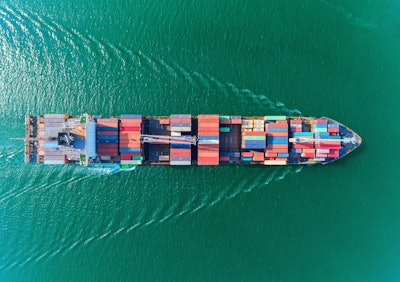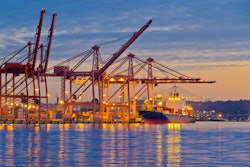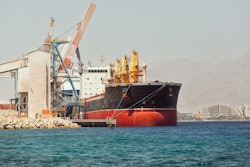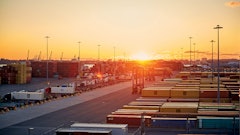
Major disruptions in the Red Sea have triggered one of the largest realignment of global shipping routes in recent years, with Asia-Europe maritime capacity plunging by 33% from 2023 to 2024, according to new data from Fluent Cargo.
The analysis reveals widespread changes across global trade corridors. Despite capacity reductions, the Asia-Europe corridor remains the world's busiest maritime route, followed by Asia-North America.
"The massive rerouting we're seeing around the Red Sea highlights why unified data is critical," says Andrew Greig, Fluent Cargo CTO. "When disruptions occur, organizations need a single source of truth about alternative routes, real-time tracking, and capacity impacts. More organizations are needing to consolidate essential data in order to quickly identify and execute the most efficient alternative routes."
Key Takeaways:
- Findings show:
- Asia-West Africa trade dropping from 6th to 11th place as vessels reroute around Africa
- Rise in regional shipping networks, particularly in Asia
- Strategic capacity reductions across all major maritime routes
- Strong domestic air freight corridors in Japan and South Korea
- Top 5 Air Freight Routes (Q4 2024) By weekly cargo tonnage:
- Chicago O'Hare ↔ Anchorage
- Haneda ↔ Fukuoka (Japan)
- New Chitose ↔ Haneda (Japan)
- Hong Kong ↔ Anchorage
- Gimpo ↔ Jeju (South Korea)
- Top 5 Maritime Trade Lanes (Q4 2024) By TEU capacity:
- Asia - Europe
- Asia - North America
- Asia - West Coast South America
- Far East - Middle East
- Intra-regional - Far East




















